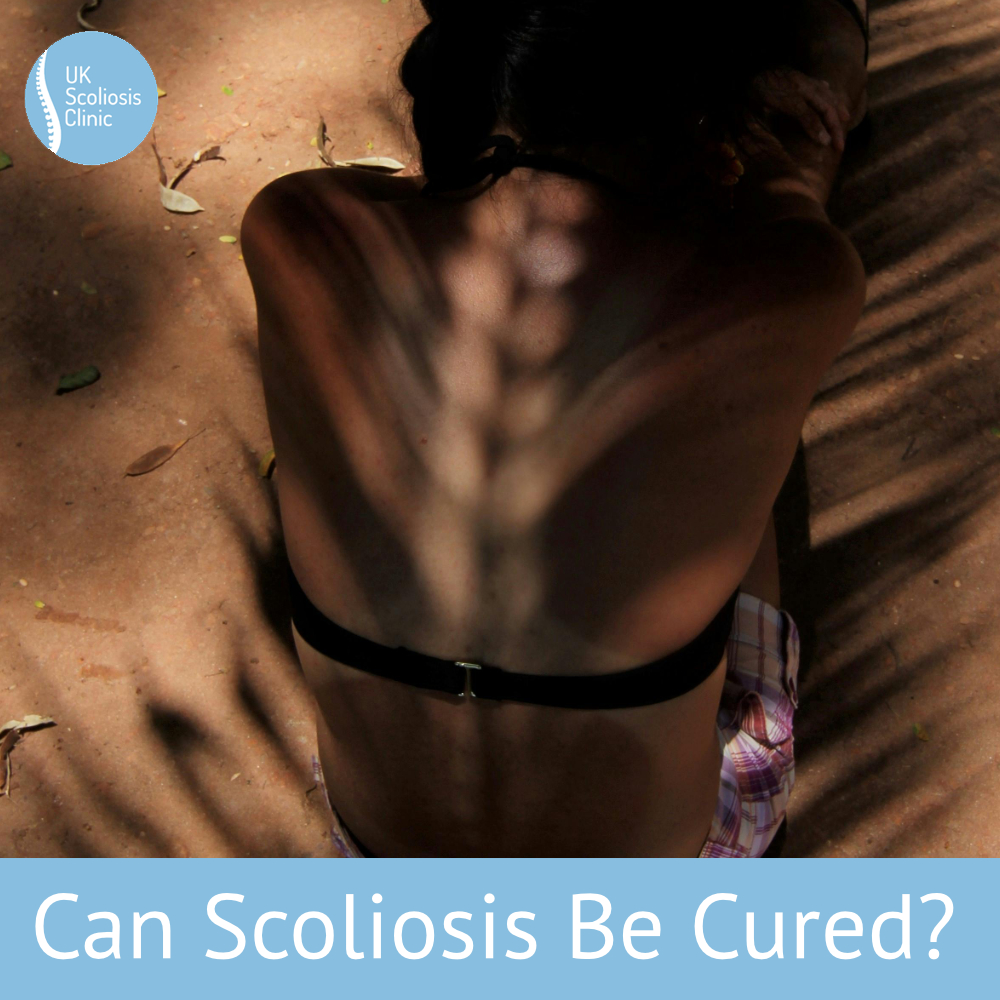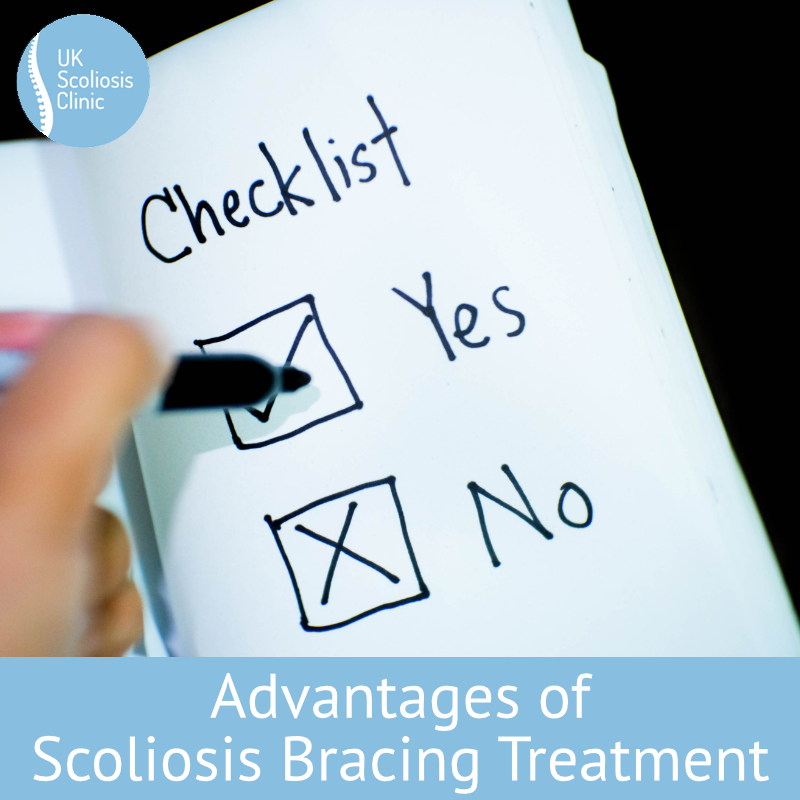
Scoliosis is a condition that affects the spine, causing it to curve in an abnormal way. While scoliosis is not an especially uncommon condition – affecting around 3% of the younger population – rising to 33% of the older age groups – each case is unique, making it difficult to predict the course of treatment or the potential outcome. You’ll often hear Scoliosis professionals remark that “every Scoliosis is different” – and indeed, it’s why clinics like the UK Scoliosis Clinic stress the need for a totally individual treatment plan for each patient – but why is this? Let’s take a look at some key factors.
Age
Age plays a significant role in determining the type of scoliosis an individual is likely to have. Children who are born with scoliosis often have what is known as congenital scoliosis. This type of scoliosis is caused by an abnormality in the development of the spine during fetal development. On the other hand, adolescent idiopathic scoliosis is the most common type of scoliosis that affects young people between the ages of 10 and 18. This type of scoliosis is more common in girls and can be caused by a variety of factors, including genetics and hormonal changes during puberty.
Adult scoliosis is also different from adolescent scoliosis. As individuals age, their spines naturally undergo changes that can lead to scoliosis. Degenerative scoliosis is a type of scoliosis that affects older adults, usually over the age of 50. This type of scoliosis is caused by the wear and tear of the spine, which can cause the vertebrae to shift and twist, leading to a curvature of the spine.
Does this mean that everyone over 18 has degenerative Scoliosis? Nope! Scoliosis can also be the result of an injury, or, more commonly than you may think – could be an undiagnosed case from childhood which did not progress very quickly.
Severity
Another major factor when it comes to treating scoliosis is the severity of the curvature. Mild cases of scoliosis may be barely noticeable without proper screening, while more severe cases can cause significant pain and discomfort. The severity of the curvature also determines the course of treatment. Mild cases of scoliosis may be treatable with exercise-based approaches, whereas more significant curves are better candidates for bracing.
Location
The location of the curvature is also important when it comes to scoliosis. The most common location for scoliosis to occur is in the thoracic spine (the upper back). However, scoliosis can also occur in the lumbar spine (the lower back) or in the cervical spine (the neck). The location of the curvature can affect the type of symptoms an individual experiences, as well as the potential complications that can arise. What’s more, it’s not uncommon for a Scoliotic curve to cause a secondary compensatory curve elsewhere in the spine.
Treatment Preference and Lifestyle
Treatment for scoliosis also varies from person to person. Generally, we can say that mild cases of scoliosis may benefit from an exercise-based approach while more severe cases may require surgery or bracing. This being said, treatment preference also matters – for example, while bracing is often recommended for individuals with moderate to severe scoliosis, many parents of children with curves which could be treated with exercise-based approaches may prefer to opt for part-time bracing. The reason here is entirely clear to any parent – getting a child to perform exercises accurately, every day is a big ask. Getting them to simply put a brace on for a period of time might not be easy, but many parents feel it’s more realistic.
Some older adults also prefer the passive nature of bracing over exercise – while we’re quick to bring up children when we think about the discipline required for exercise-based approaches to pay dividends many adults with busy working schedules also find it hard to find time – so, throwing on a brace in the evening and allowing it to do its work can be a great alternative.
Complications and Impacts
Scoliosis is unusual in that the degree to which it impacts people’s lives tends to vary considerably – what’s more, the degree of impact does not always nearly correlate with the degree of curvature. For some individuals, scoliosis may not cause any significant complications, while for others, it can lead to chronic pain, reduced mobility, and even respiratory problems. The severity and location of the curvature, as well as the age and overall health of the individual, will all play a role in determining the potential complications of scoliosis.
Spinal Rotation
While the main hallmark of scoliosis is the “S” shaped “side-to-side” curve apparent in the spine when viewed from behind, Scoliosis almost always comes with an additional degree of spinal rotation. The degree of spinal rotation is therefore yet another factor that makes each scoliosis case unique.
Spinal rotation can affect the way the body looks and functions, and can also contribute to pain and discomfort. The degree of spinal rotation can be measured through imaging tests such as X-rays or MRIs. Understanding the degree of spinal rotation is important in determining the best course of treatment, as this also needs to be addressed.
Flexibility
The flexibility of the spine is also important in determining the course of treatment for scoliosis. A flexible spine is more responsive to non-surgical treatments such as bracing, while a rigid spine may be a better candidate for surgical intervention. The flexibility of the spine can be assessed through physical examination and imaging tests and can help healthcare providers determine the best course of treatment for each individual. In some cases, exercises and physical therapy can be used to increase spinal flexibility and improve the effectiveness of non-surgical treatments.
Flexibility correlates closely with age, but it’s possible to find a young person with a very inflexible spine or an older teenager with a very flexible one. By the time a person has reached skeletal maturity, the spine is typically too inflexible for any significant improvement in the curvature (without surgery) but there’s still much that can be done to prevent a curve from worsening.
Scoliosis is Always Unique
As you can see, Scoliosis is never the same in two different patients. It therefore follows that when developing a plan to combat Scoliosis, each treatment approach should be closely related to the specific nature of each patient’s exact Scoliosis.
This means that in order to be effective, a patient’s treatment plan should be individualised down to the fine details, and must be flexible to adapt to changes. At the UK scoliosis clinic, our specialists have a wide variety of treatment methods from which to choose, these range from scoliosis-specific exercises to bracing with our scolibrace system or even simple preventative exercise regimes. When you join the UK scoliosis clinic as a client, we take a long-term view of your treatment – designing a totally customised treatment plan for now, and the future. What’s more, we constantly monitor your progress (at our clinic, or online!) so we can make any changes to your plan as required.
To learn more, why not book a consultation today!











